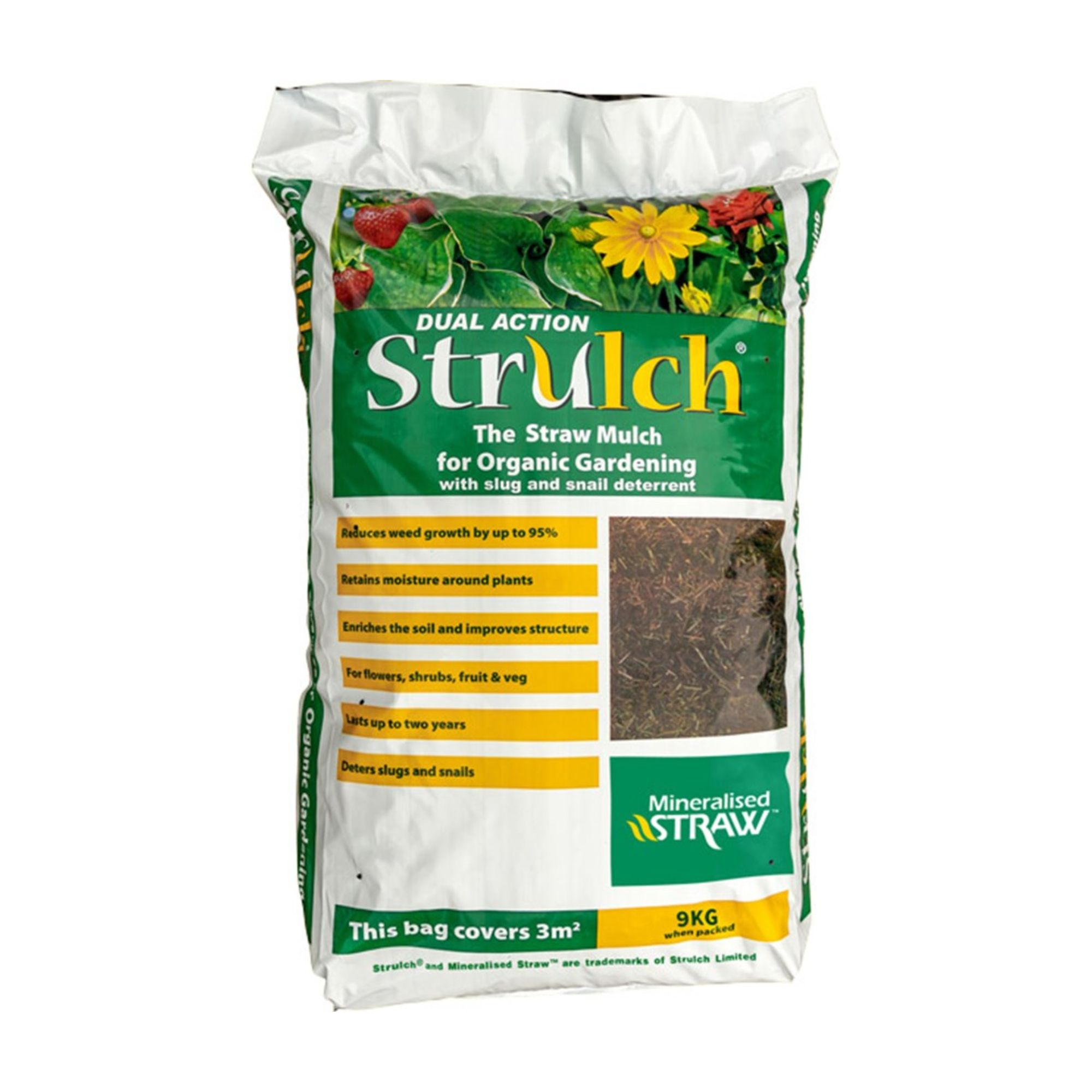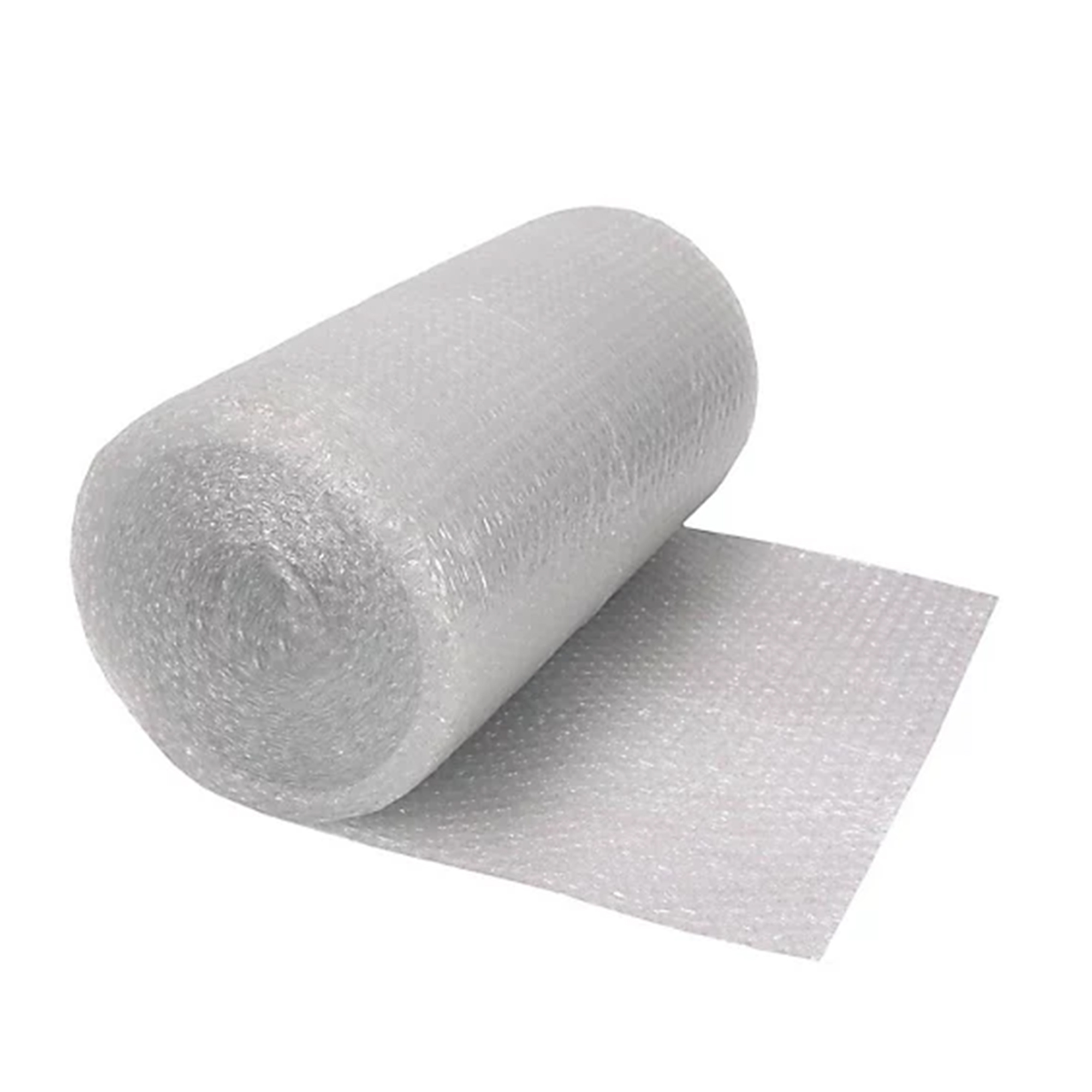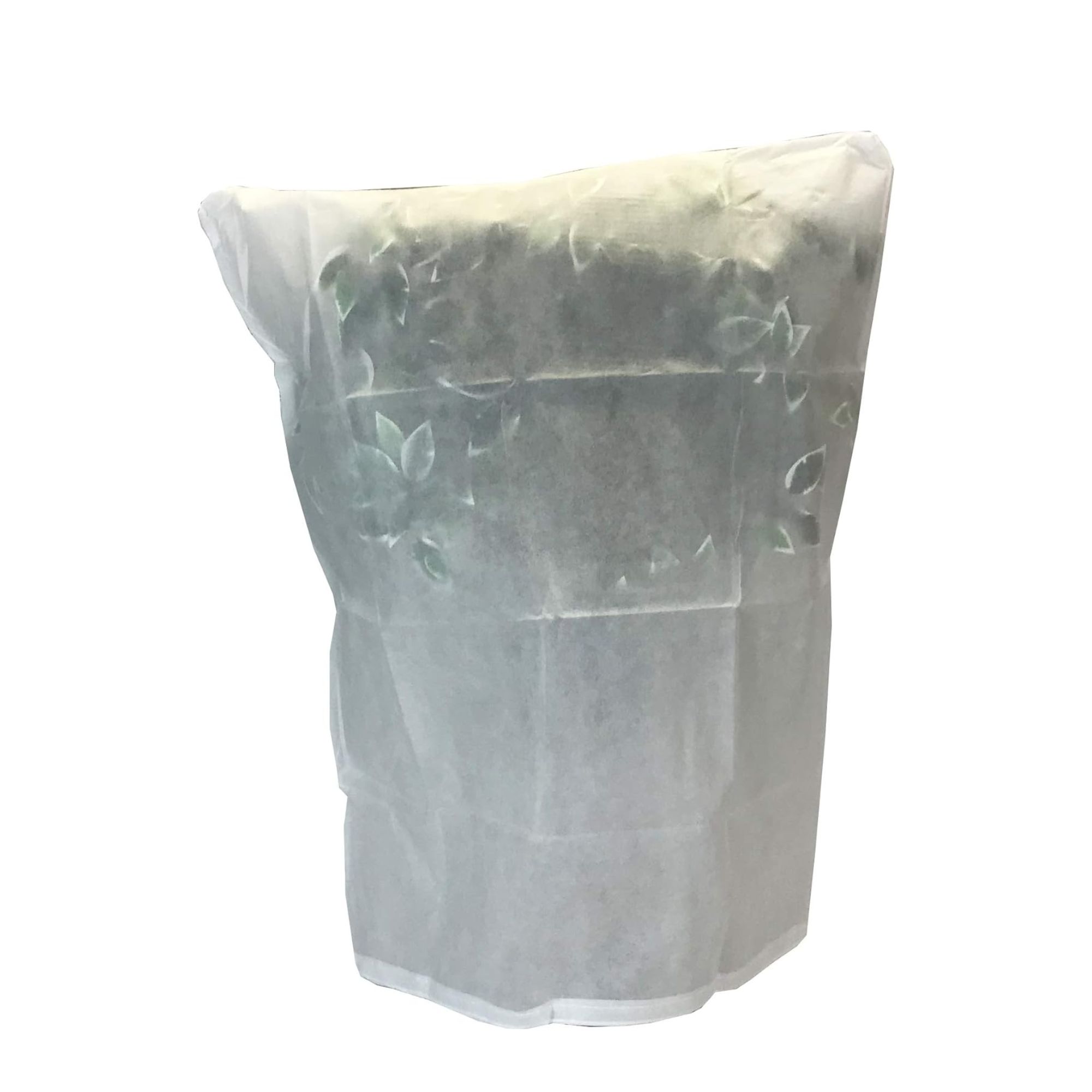Can you leave dahlias in pots over winter? You can, but only if you follow these 4 expert-approved tips
Dahlias aren’t as high maintenance as they look, but they still need protection over winter

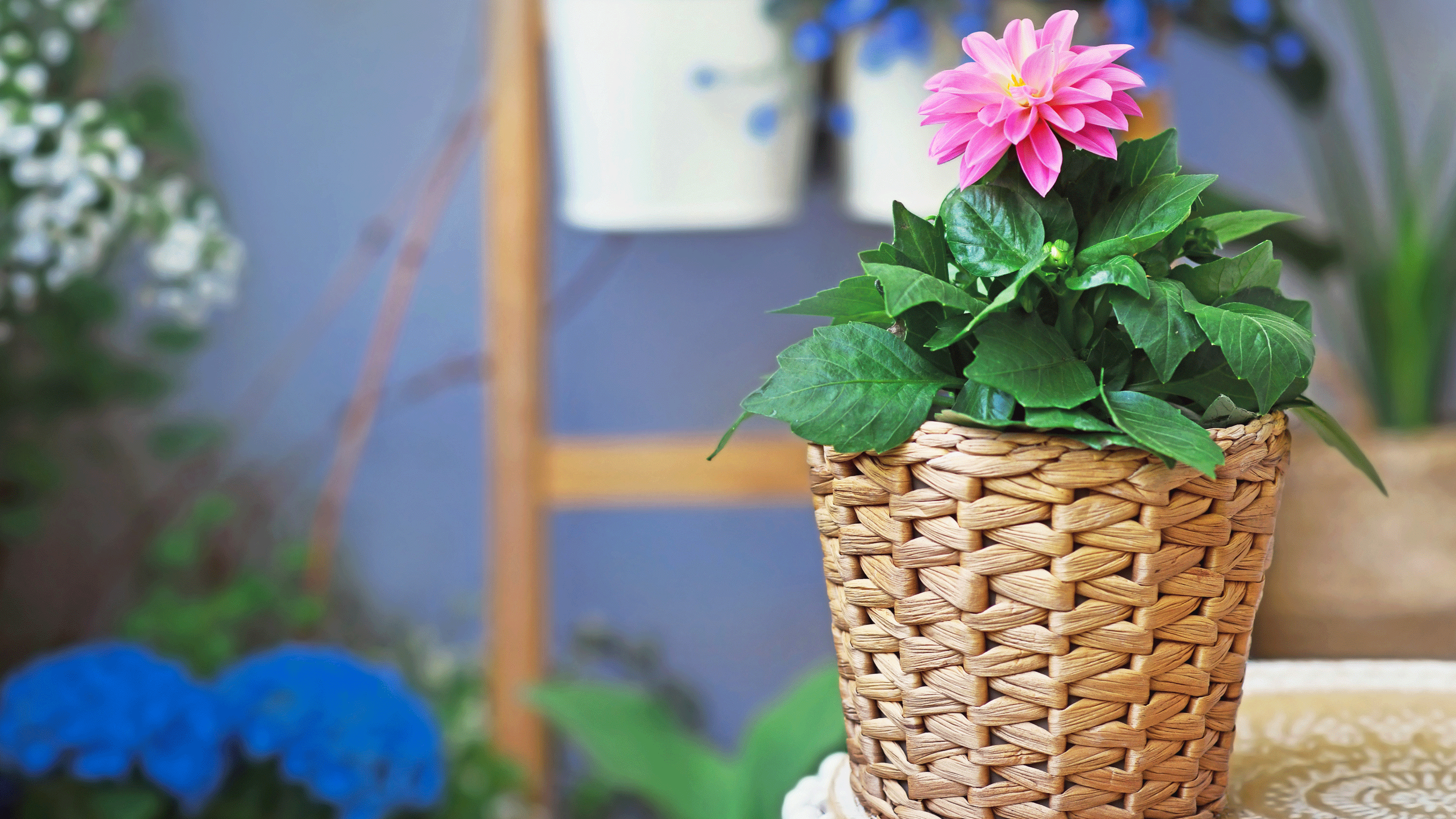
Cooler temperatures are here, so if you are considering garden maintenance, you might be wondering if you can leave dahlias in pots over winter? With their giant flowerheads and vibrant colours, dahlias look pretty high-maintenance. And while they aren’t as high-maintenance as they look, there are certain things you need to get right - like overwintering them correctly.
Although some people choose to lift dahlia tubers when the stunning flowers have faded and temperatures have started to drop, lifting isn’t the only way you can overwinter dahlias. If you don’t want the hassle of lifting and replanting (or you simply don’t have the time), you’ll be happy to know that you can leave dahlias in pots over winter. That doesn’t mean you can tick this task off your to-do list completely, though.
If you’ve chosen to grow dahlias in pots, and want to leave dahlias in pots over winter, you’ll need to take certain measures to ensure they will come back year after year.
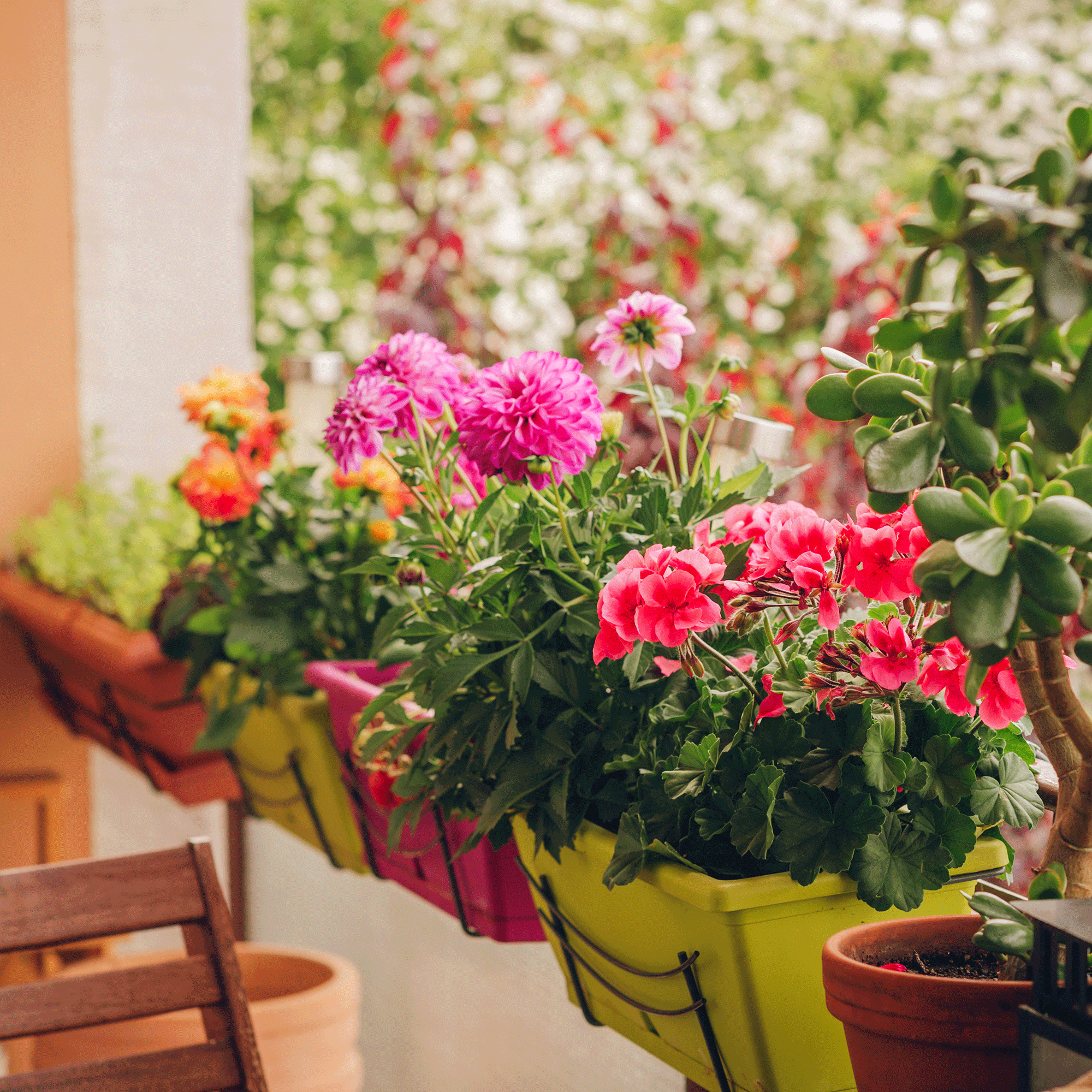
Can you leave dahlias in pots over winter?
If lifting and storing your dahlia tubers over winter isn’t something you want to add to your list of jobs to do in the garden in November, you can leave dahlias in pots over winter. But you’ll need to take the following steps:
1. Cut them back
If you want to leave dahlias in pots over winter, they’ll need a little haircut. In fact, this is something that Morris Hankinson, Managing Director of Hopes Grove Nurseries, swears by.
He says, ‘Before storing your pots, cut back the dahlia stems to about 10 cm above the soil. This makes them easier to manage and reduces the risk of any rot.’
Just remember that cutting back isn’t the same as pruning, so keep that in mind when you get your secateurs out.

Morris Hankinson is the founder and managing director of Hopes Grove Nurseries, the UK’s only specialist grower-retailer of hedging plants. He established the thriving business in 1992, shortly after graduating with a Commercial Horticulture Degree from Writtle College, Essex.

2. Move them to a cool, dark, and dry place
Although the cold frosts of winter may kill your dahlia tubers, you don’t want to move your pots inside the house, either. They don’t like to be too hot, and they especially don’t like the ever-changing humidity levels as the dampness of winter merges with the dryness of your central heating system.
Sign up to our newsletter for style inspiration, real homes, project and garden advice and shopping know-how
So, it’s best to store them in a cool, dark, and dry place if you choose to leave dahlias in pots over winter. This could be an unheated garage or a well-insulated shed where there’s no chance of it freezing.
3. Decrease your watering schedule
Overwatering dahlias is a common reason why your dahlia leaves turn yellow, but it’s also a common reason why your dahlias rot during the colder months of the year - especially if you choose to leave your dahlias potted over winter.
If you want to ensure the survival of your dahlia tubers, you should decrease your watering schedule as the summer months fade away. Instead, your main aim when overwatering dahlias in pots is to keep it as dry as possible.
Pim Dickson, a horticulturist expert at Mr Fothergill's, says, ‘The watering of dahlias in pots should be decreased in late autumn and then stopped once the weather starts to turn cold so that the compost can begin to dry out.’
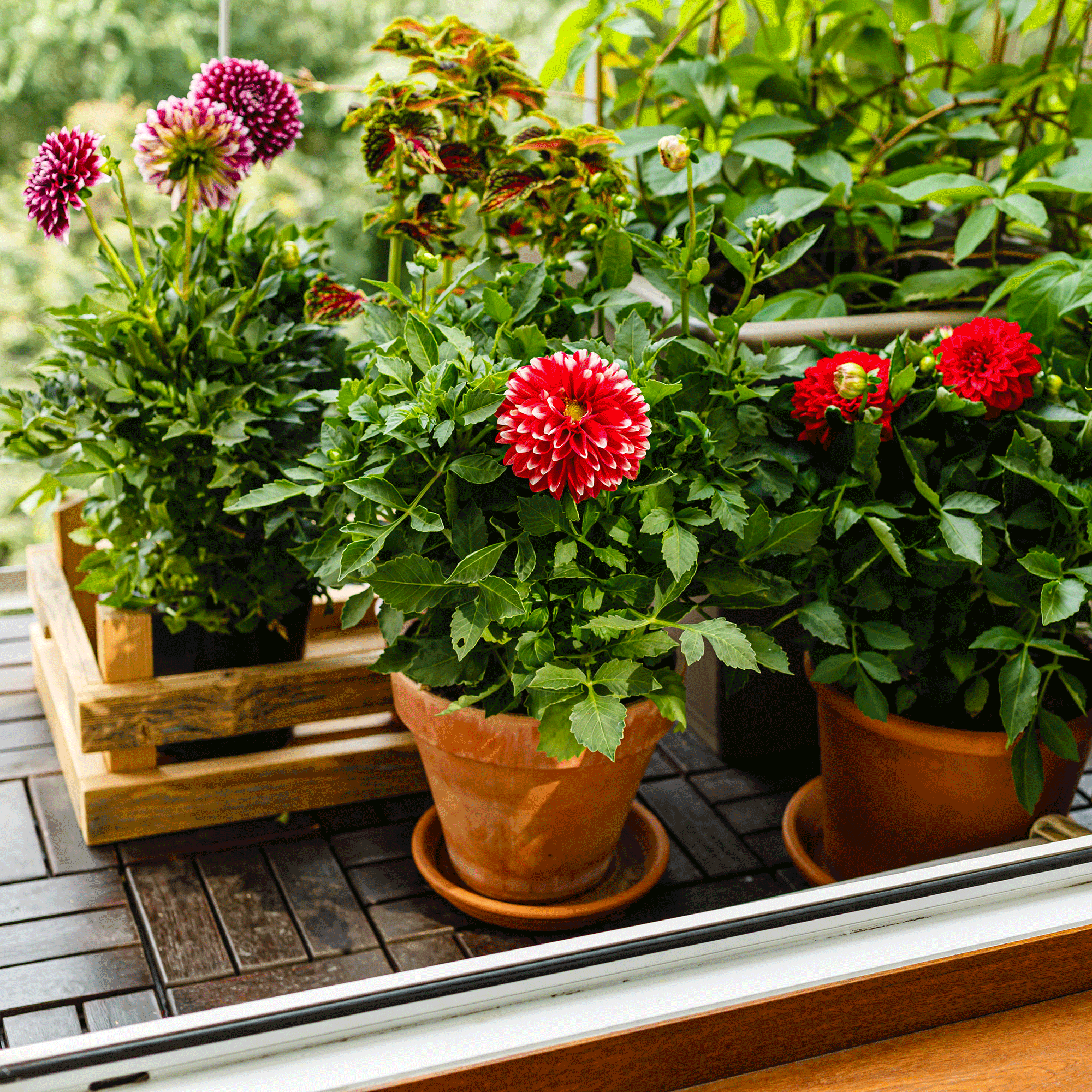
4. Protect from the cold, if needed
If you don’t have a garden shed or garage to keep your dahlias safe over the colder months, you’ll have no option but to leave your dahlia pots outsid. Although there’s always a chance that your beautiful blooms won’t survive the harsh British winter, you can take steps to protect them from the cold.
Pim says, ‘If they can’t be moved, then they can be covered instead, but be sure to allow some airflow, so moisture is not trapped in the pots either.’ You can use the best plant covers for this.
Alternatively, Pim advises that ‘Covering the compost with a thick layer of mulch will provide some added frost protection.’ And while it’s easy to make your own mulch, you can also buy it so it’s ready to use as soon as possible.
FAQs
Do dahlias come back every year in pots?
Yes, they do. Dahlias are perennials, meaning they should return every year - even in pots. However, you need to overwinter dahlias if you want them to return.
Dahlias will struggle and may even start to rot if they are exposed to cold and frosty temperatures, which is why most experts suggest lifting dahlia tubers and storing them over the winter. If you want to leave dahlias in pots over winter, you’ll need to either move them to a shed or garage, or take steps protect them from the frost.
Should dahlias be cut back for winter?
Yes, they should. If you want these beautiful blooms to come back bigger and better next year, cutting them back for winter is key. You should do this after flowering and after the first frost has blackened the foliage.
Then, you can cut back the old stems just above the base of the plant (so it’s about 10cm tall) before choosing how you want to overwinter them. For the best chance of survival, it’s best to lift the tubers after cutting the plant back and storing them in a cool, dry place until spring.
So, make sure you take these precautions if you want to leave dahlias in pots over winter.

Lauren Bradbury has been the Content Editor for the House Manual section since January 2025 but worked with the team as a freelancer for a year and a half before that. She graduated with a Bachelor’s degree in English and Creative Writing from the University of Chichester in 2016. Then, she dipped her toe into the world of content writing, primarily focusing on home content. After years of agency work, she decided to take the plunge and become a full-time freelancer for online publications, including Real Homes and Ideal Home, before taking on this permanent role. Now, she spends her days searching for the best decluttering and cleaning hacks and creating handy how-to guides for homeowners and renters alike, as well as testing vacuums as part of her role as the Ideal Home Certified Expert in Training on Vacuums, having spent over 110 hours testing different vacuum models to date!
